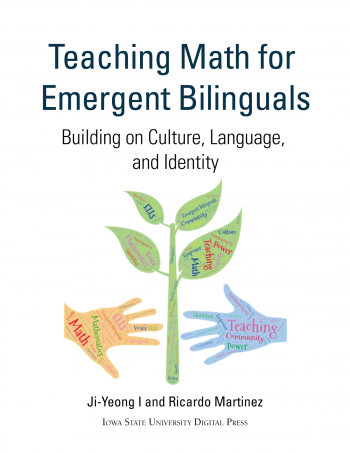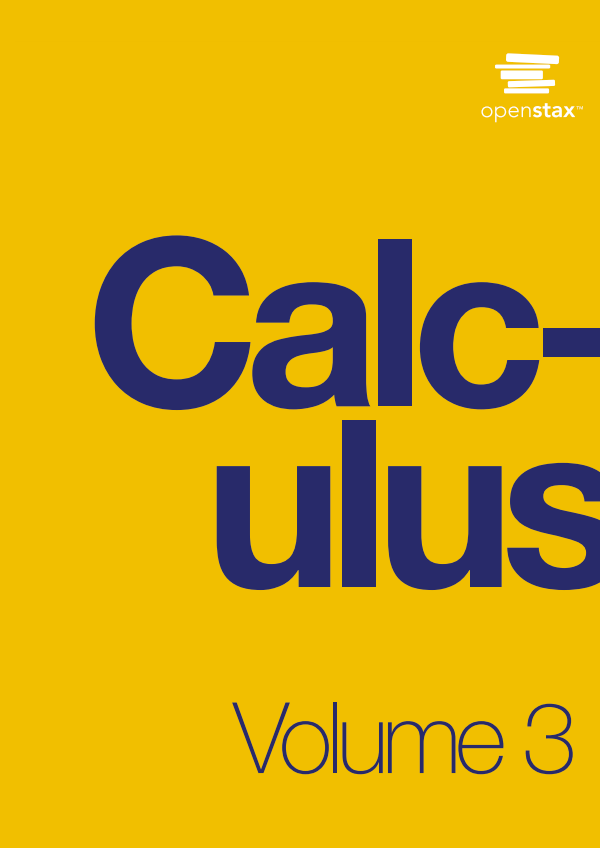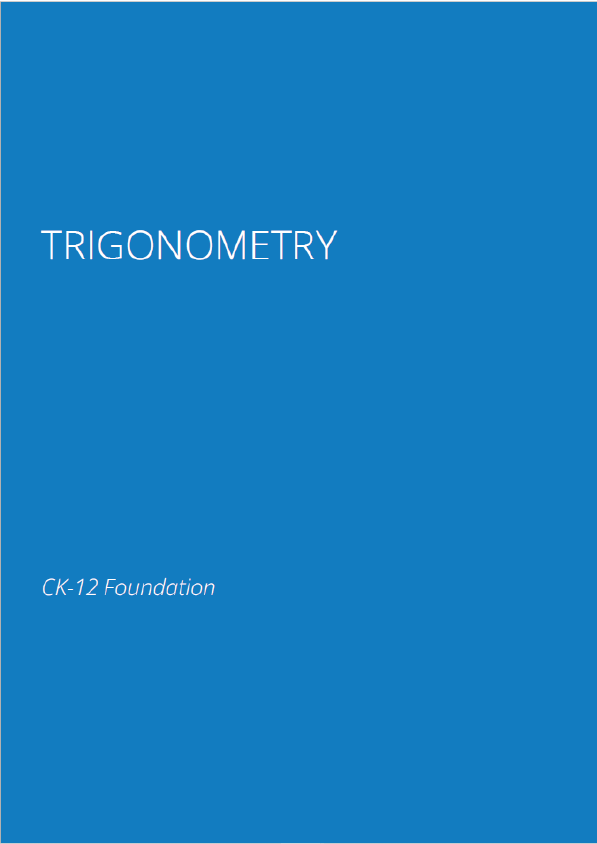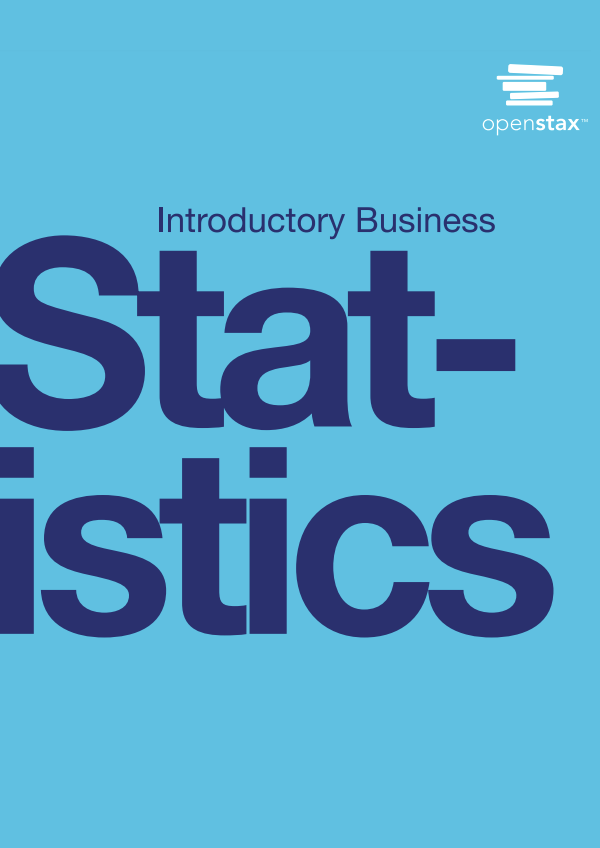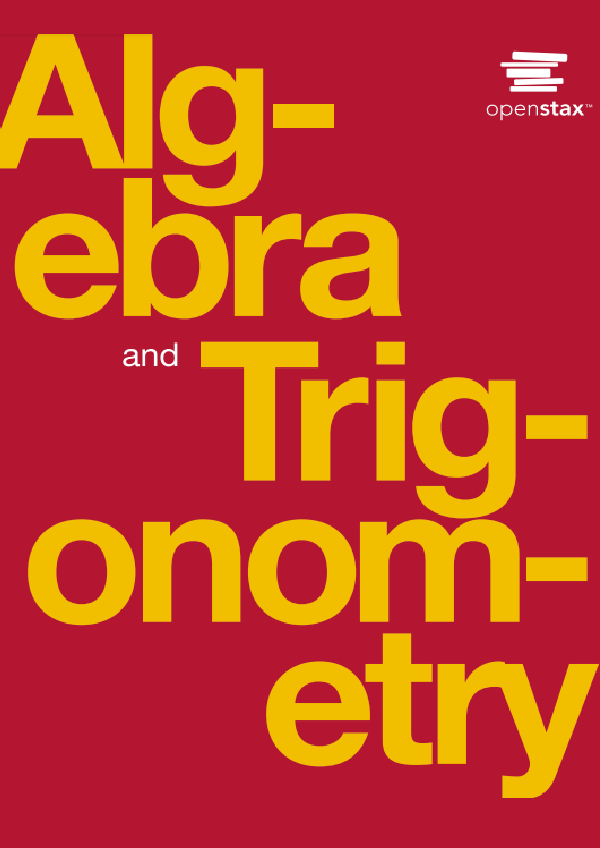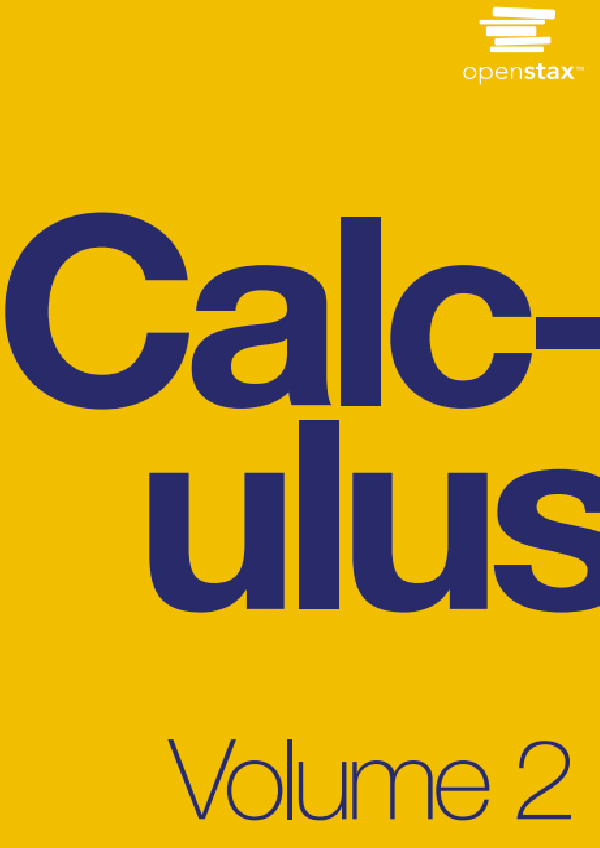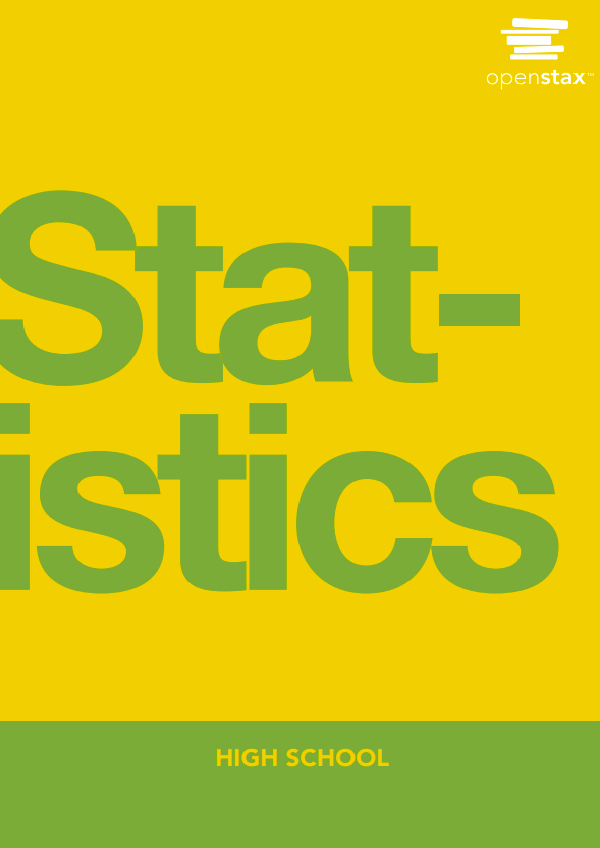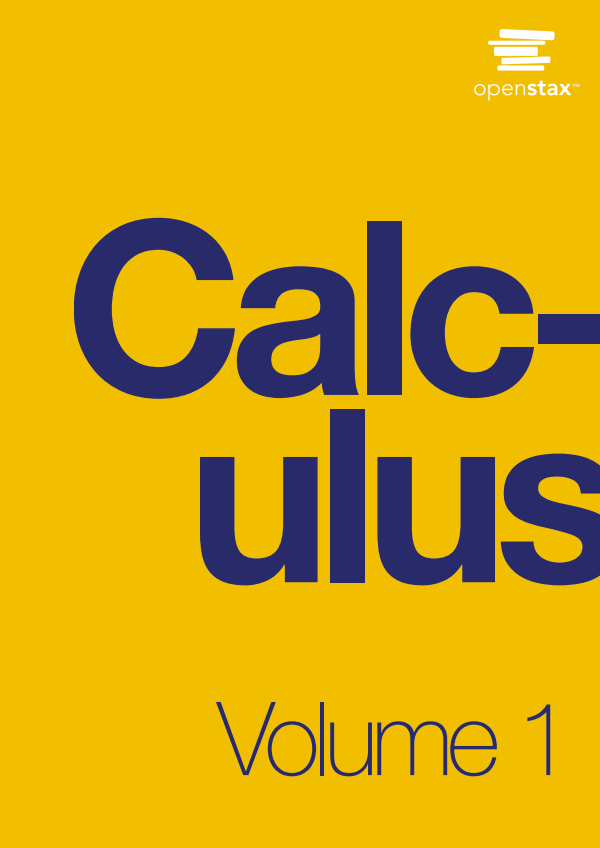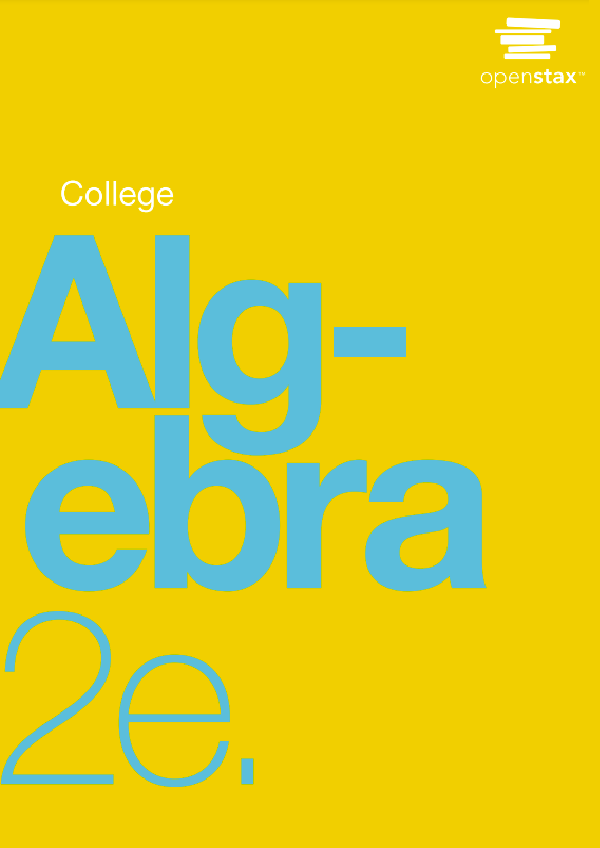This book consists of three parts. The goal of the first part is building fundamental knowledge such as defining terms, exploring how theoretical backgrounds evolved, and the main framework. In this introduction, we provide the definition of English language learners and introduce Emergent Bilinguals as a shared language that will be used in the entire book.
Chapter 1 describes the multiple challenges Emergent Bilinguals generally experience in mathematics classrooms. Through the challenges, we can see that mathematics is built on a certain culture and language system and how teaching and learning mathematics is related to language. When we accept the political and cultural nature of mathematics and understand the role of language in learning mathematics, we can recognize why Emergent Bilingual students struggle in mathematics classrooms. The dual challenges of learning mathematics and English is not the only barrier Emergent Bilinguals experience in school. The pervasive deficit view towards Emergent Bilinguals may seriously influence their learning.
Chapter 2 points out this issue and explores culturally sustaining pedagogy, which is a core lens of this book. From the theoretical background of culturally sustaining pedagogy to culturally responsive mathematics teaching lesson analysis tool, this chapter aims to shine the intersection of culturally sustaining pedagogy, Emergent Bilinguals, and mathematics.
The second part of the book focuses on teaching practices designed for Emergent Bilinguals in mathematics classrooms. Chapter 3 is all about teaching strategies. We try to make connections between the provided examples of teaching strategies and previously introduced principles and theoretical lenses.
Chapter 4 is particularly devoted to participation in mathematical discussions. The power distribution between teachers and students and Emergent Bilinguals and non-Emergent Bilinguals is discussed with questioning how to encourage all students’ participation. Another significant theory, translanguaging, is explored in Chapter 5, which is closely connected to culturally sustaining pedagogy. We believe translanguaging can shift and challenge the current teaching paradigm, especially with Emergent Bilinguals. Moreover, we discuss a way to help Emergent Bilinguals access word problems using language analysis, representations, and translanguaging approaches.
The last part of the book goes beyond school. Chapter 6 connects mathematical learning to students’ families and communities. We introduce the Community Cultural Wealth Model to explore various capitals that Emergent Bilinguals may have and teachers should be aware of in order to utilize them for teaching. For this structure, we strongly recommend readers follow the order of chapters and try to make connections among the contents of chapters. Each chapter will begin with Thinking Questions Before Reading and end with Thinking Questions After Reading. We made and present these questions in this way on purpose. To maximize your own learning, we hope you pause reading for a while to deeply think about these questions in each chapter.
